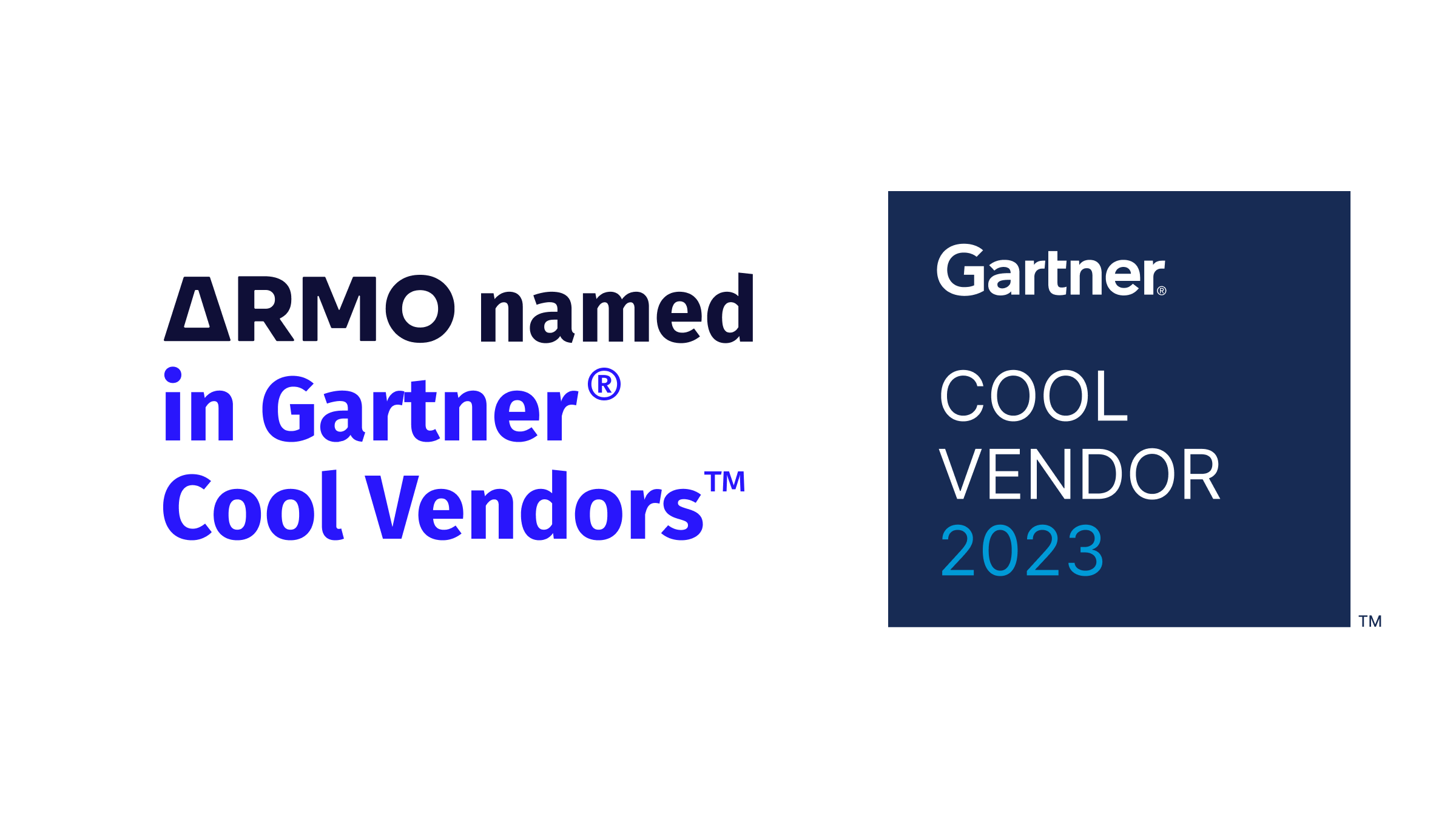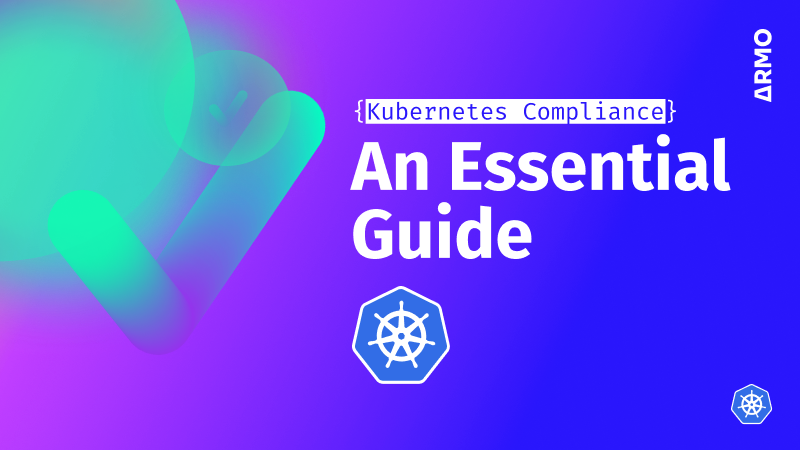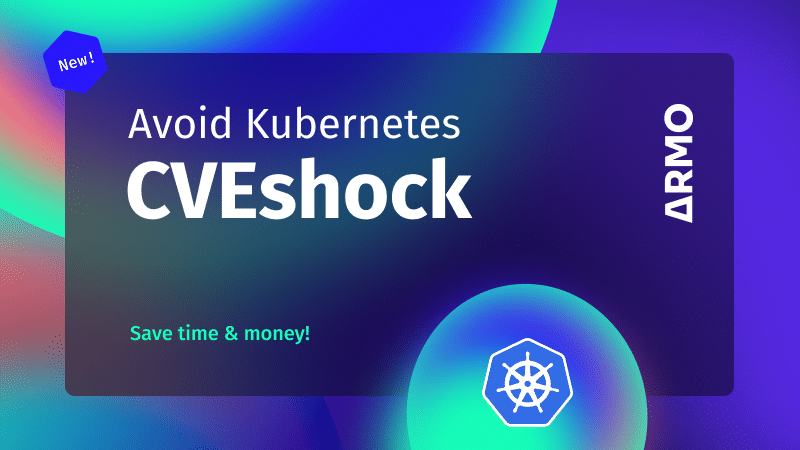ARMO named in Gartner® Cool Vendors™ report
We are excited and honored to announce that we were selected as Gartner Cool Vendor...

Nov 23, 2023
In the evolving landscape of technology, cloud agnosticism has seen increasing traction. This refers to the ability to design and deploy applications seamlessly on any cloud platform, whether that be AWS, GCP, Azure, or others. Cloud agnosticism is essentially a design principle that advocates for flexibility, portability, and interoperability, allowing organizations to use multiple cloud providers without being tied to the services or infrastructure of any single one.
One strategy often associated with cloud agnosticism is multicloud—leveraging multiple cloud services from different providers to benefit from their unique capabilities or to avoid vendor lock-in. It’s important to note that this differs from a hybrid cloud strategy, which involves coordinating in-house, private cloud, and external public cloud services, While both hybrid and multicloud can be components of a cloud-agnostic strategy, they address different needs and challenges.
The rise of these concepts signals a shift in how organizations think about cloud. It shows an increasing recognition of the need for flexibility in the face of changing business needs, technology advancements, and regulatory environments.
In this blog post, we will delve into the concept of cloud agnosticism, its benefits and challenges, and its relationship with multicloud and hybrid cloud strategies. We will also discuss the notion of cloud provider lock-in and explore how open-source tools can aid in achieving cloud agnosticism.
Managed cloud technologies refer to services fully maintained and supported by cloud providers, such as databases, computing resources, storage solutions, and even machine learning platforms. Many organizations might be running services like managed Kubernetes because it was relatively easy to get started. For example, Azure provides AKS credits for visual studio subscribers, making it an attractive option for many businesses.
However, going the managed route can lead to inadvertent vendor lock-in. The ease of use, scalability, and access to cutting-edge technology that managed cloud technologies offer can be enticing. These benefits allow businesses to focus more on their core operations and less on maintaining their cloud infrastructure. But drawbacks exist, including limitations to your flexibility and potential long-term cost increases. Depending on the provider, you may also have to compromise on the ability to customize and control your infrastructure and data.
Herein lies the concept of cloud agnostic. In contrast to managed cloud technologies, a cloud-agnostic approach provides flexibility, resilience, and independence from any single cloud provider. This strategy, centered around portability and reduced reliance on any single cloud service provider, was developed to avoid vendor lock-in, optimize costs, and facilitate technological diversity.
The core principle is to establish a level of abstraction between your applications and the underlying cloud service. Instead of coding applications to interact with a specific cloud platform’s proprietary services, platform-agnostic tools and frameworks are used. These allow your applications to interface with any cloud provider’s infrastructure. Furthermore, open-source tools play a crucial role in this approach, promoting transparency and interoperability while minimizing dependence on proprietary technology.
There are distinct advantages to a cloud-agnostic strategy when done right.
Businesses can achieve high flexibility by choosing to switch or combine providers. This is particularly beneficial for companies operating across different countries, as not all cloud providers have data centers in every location, potentially limiting compliance with data sovereignty regulations.
Secondly, cloud agnosticism promotes resilience by avoiding single points of failure. When a cloud service provider experiences downtime, you can maintain business continuity if your applications are capable of running on multiple clouds. This ensures uninterrupted service delivery, irrespective of a single provider’s operational status or geographic limitations.
Additionally, cloud agnosticism can lead to cost optimization, allowing businesses to select services based on cost-effectiveness rather than limit themselves to those offered by a single vendor. This flexibility in service selection can further aid in adherence to varying regional regulations and requirements.
Still, some challenges exist when implementing a cloud-agnostic approach:
After considering the business practices of public cloud providers, it’s essential to weigh the technical challenges of cloud agnosticism against its benefits. No one-size-fits-all solution exists. Depending on your organization’s specific needs, resources, and expertise, you might lean toward fully managed services, a cloud-agnostic approach, or even a hybrid of both.
| Managed Cloud Technologies | Cloud-Agnostic Approach | ||
| Advantages | Disadvantages | Advantages | Disadvantages |
| * Ease of use * Scalability * Access to cutting-edge technology | * Potential for vendor lock-in * Potential lack of customization and control | * Flexibility * Resilience * Vendor independence | * Complex design and management * Potential loss of proprietary functionalities * A larger operational burden |
In the following sections, we’ll delve deeper into the real-world implications of cloud provider lock-in and the role of various open-source tools in promoting or detracting from cloud agnosticism.
An essential part of the cloud agnosticism conversation revolves around cloud provider lock-in. The idea of being tied to one vendor, and thus only able to move with significant effort and cost, is a concern that many organizations share. The implications of lock-in are substantial; it can limit your ability to leverage the best offerings in the market, affect your bargaining power on pricing, and potentially lead to downtime or service disruptions if your provider experiences any issues. Moreover, there’s an additional subtle practice that many cloud providers employ, perpetuating this lock-in. They often provide credits rather than refunds under certain circumstances.
It’s critical to understand that lock-in can sometimes occur subtly, even with open-source tools. For example, while Kubernetes is a powerful tool that promotes cloud agnosticism, managed services or proprietary extensions to Kubernetes, such as IAM and RBAC connections or custom storage options from cloud providers, lead to unintentional lock-in. These specialized services may seem advantageous initially, but over time, they create dependencies that make migration challenging.
To illustrate this further, let’s consider a case of transitioning from Azure and Azure Kubernetes Service (AKS) to AWS and Amazon Elastic Kubernetes Service (EKS). This involves migrating not only the applications but also data, configurations, and operational practices. It requires that you carefully evaluate equivalent services, address compatibility issues, and potentially rearchitect parts of your system. This process could expose hidden dependencies and challenges tied to the original cloud provider, underlining the realities of cloud provider lock-in.
Let’s delve into how providers typically offer credits instead of monetary refunds, which can further perpetuate lock-in to a particular provider:
An interesting flip side to this discussion is that some organizations consciously decide to go all-in with one provider. Spotify, for instance, has opted to align closely with Google Cloud Platform, leveraging its cutting-edge data services and machine learning capabilities to drive its business forward. This suggests that in certain cases, lock-in might not be viewed as a negative depending on the organization’s needs and the specific offerings of a cloud provider.
In the next part, we will continue our exploration of tools and practices that promote cloud agnosticism, discussing the roles of Kubernetes and its associated technologies.
When discussing cloud agnosticism, it’s impossible to ignore the significant role that Kubernetes and other open-source tools play in supporting this approach. Kubernetes, an open-source platform for containerized apps that provides automated deployment, scaling, and operations, has quickly become the de facto standard in the field.
By abstracting the underlying infrastructure layer, Kubernetes enables a cloud-agnostic approach, allowing applications to run seamlessly on any platform—such as hybrid cloud.
However, Kubernetes alone isn’t enough. There are additional tools that work in conjunction with Kubernetes to provide a complete, cloud-agnostic solution:
While these tools play a pivotal role in promoting cloud agnosticism, be aware that cloud providers also offer them as managed services. Although this can simplify operations, it’s essential to be cautious about the potential for vendor lock-in, which can somewhat contradict the goal of cloud agnosticism.
An additional solution for achieving cloud agnosticism is Kubescape, an open-source tool organizations use to ensure their Kubernetes security. Kubescape provides an alternative to a cloud provider’s security suite, helping organizations avoid vendor lock-in. With features such as extensive security assessments, regular updates on Kubernetes security best practices, and easy integration with CI/CD pipelines, Kubescape enhances your cloud-agnostic strategy by making sure your applications are secure, regardless of where they’re deployed.
Can organizations truly be cloud agnostic? Technically, yes. However, it’s important to understand that cloud agnosticism is more than just a technical decision; it’s a strategic choice that can have significant implications for an organization’s operational efficiency, cost-effectiveness, resilience, and more.
Achieving true cloud agnosticism can be a complex undertaking, requiring the right mix of expertise, tools, and resources. The goal should be to build a flexible, resilient, and cost-effective cloud strategy that enables you to adapt to changing business needs. Open-source tools can play a significant role in maintaining this flexibility, but they are not a silver bullet. They should be part of a broader strategic approach to managing your cloud architecture.
When it comes to security, ARMO Platform is a valuable open-source based tool that aids in achieving cloud agnosticism. It enhances your cloud security strategy by ensuring your applications are secure, no matter where they are deployed. As you decide on your cloud approach, consider integrating such tools to safeguard your applications and data. It is also important to mention it provides frameworks that are specific to cloud managed Kubernetes with the CIS EKS and AKS frameworks.
To explore further and find out how ARMO Platform can help you on your cloud journey, you can simply give it a try!

We are excited and honored to announce that we were selected as Gartner Cool Vendor...

Learn about Kubernetes compliance challenges, consequences of non-compliance, and get guidance on maintaining a secure...

ARMO’s new feature revolutionizes Kubernetes vulnerability scanning based on eBPF technology to help Kubernetes and...